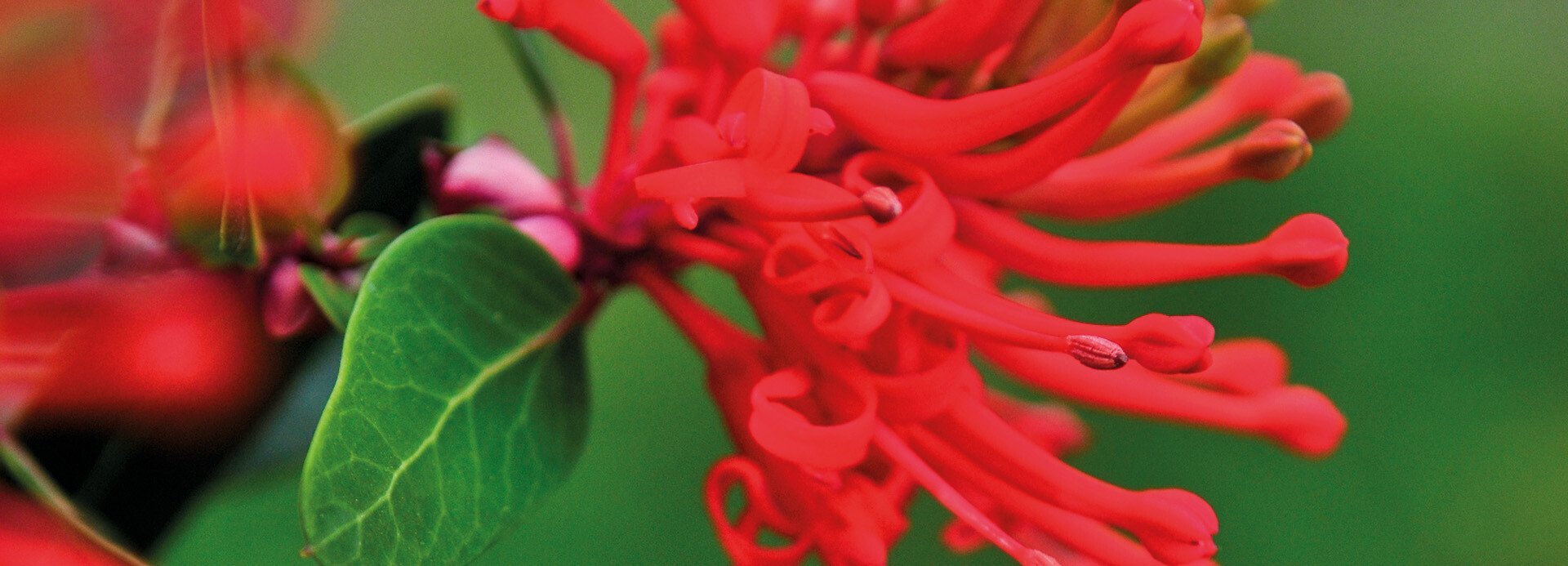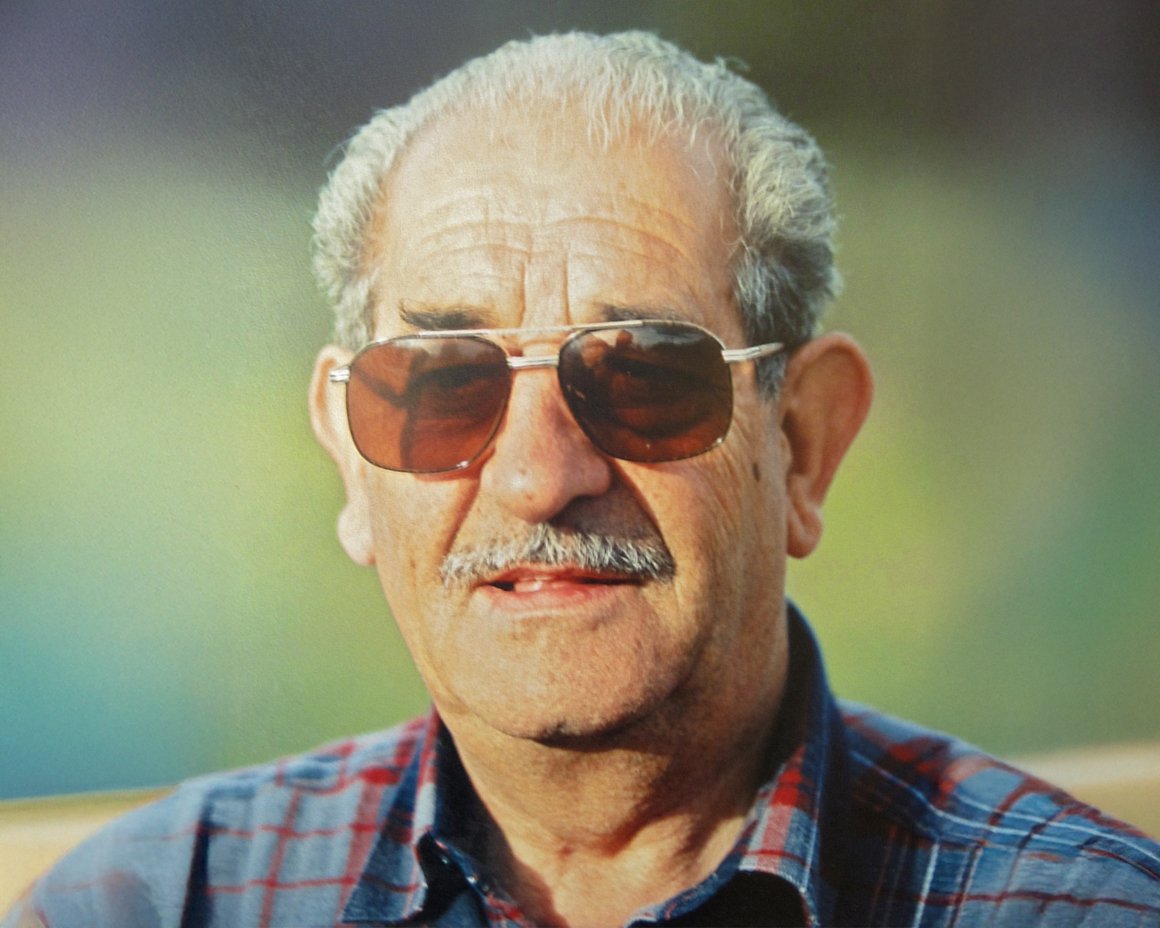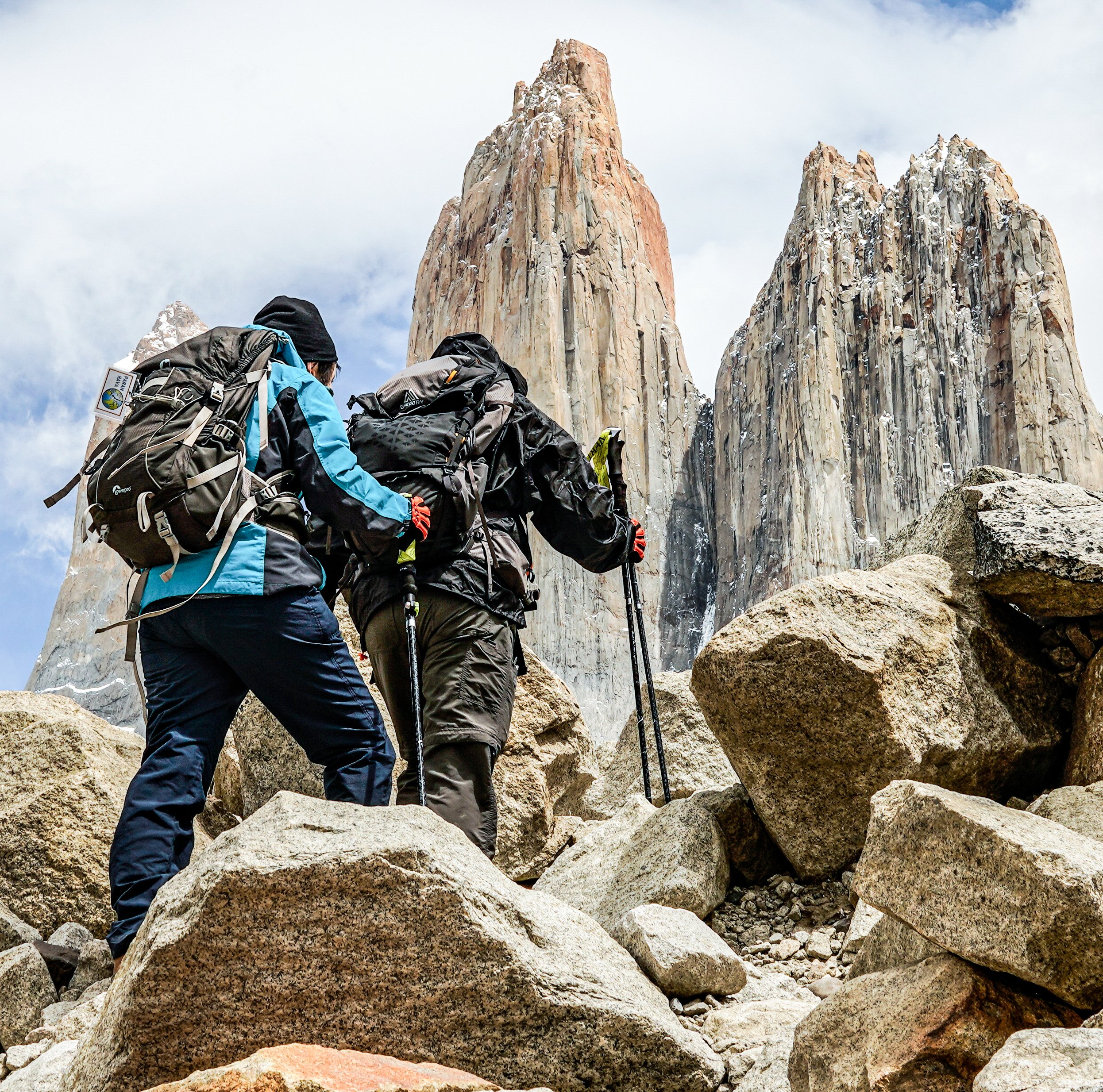Patagonian Colors: A Guide to the Flora of Torres del Paine
One of the most representative features of Torres del Paine National Park is the flora found within. With the passing of the year, you’ll find different colors, shapes, and varieties of vegetation, giving a fresh palette and look to each season. Here is a brief guide to help you identify some of the flowers and plants present in the park.
You’ll find approximately 270 types of plants in the park, all of which play a fundamental role in the ecosystem. Remember that the extraction of flora inside the Protected Wildlife Areas (ASP) is prohibited, and that collection plants can only be authorized by the National Forest Service (CONAF) for scientific purposes.
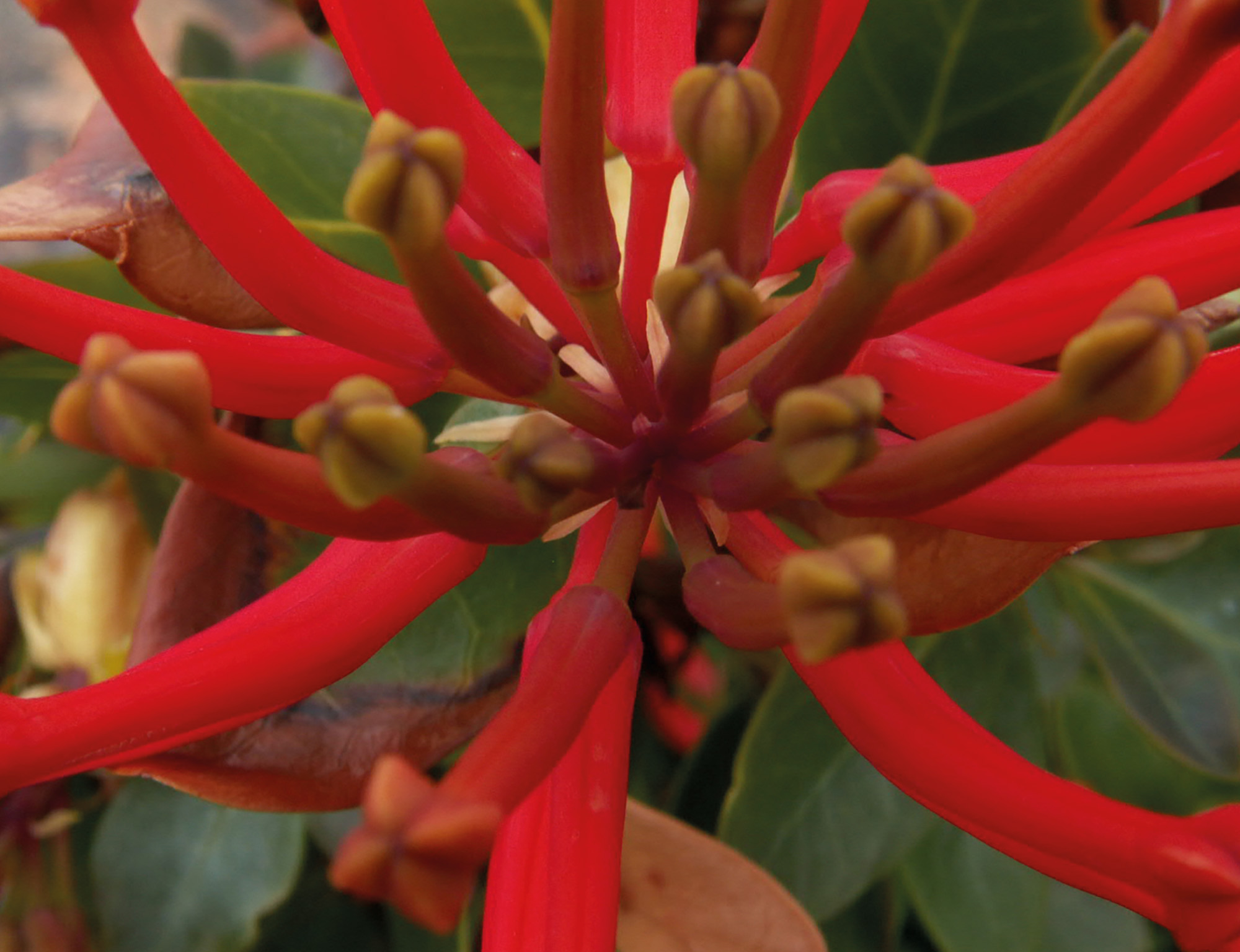
Notro: Giving Patagonian Forests Their Reddish Color
The notro, or Chilean Firetree, is native to the southern temperate forests of South America. You can easily identify the notro as it produces bright red flowers, which sometimes carry a small drop of nectar that can be mistaken for morning dew. It is very sweet and is a favorite of the huemul (Chile's iconic South Andean deer).
This tree can grow up to 15 meters high (16.4 ft) and reach half a meter (1.6 ft) in circumference. Its leaves are food for animals such as deer and cattle, while its flowers are an important part of the diet of such Patagonian birds as the cometocino (‘bacon-eater’, or Grey-hooded sierra finch), the fiofío (White-crested elaenia), and the cachaña (Austral parakeet).

Calafate: Flavor Native to Patagonia
The calafate berry (also known as Magellan barberry) is a local favorite. Here at Las Torres Patagonia, we use it in many of our preparations—from cocktails like the Calafate Sour to our cuisine. And if you ask us, calafate berry jam should be a must on your list.
But getting back to flora in the park, the calafate is a thorny shrub that stands out for its yellow flowers between the months of October and January, and bears fruit very similar to the maqui (Chilean wineberry).
This shrub is also a favorite of our horses, who chew on calafate branches and the thorns, too.
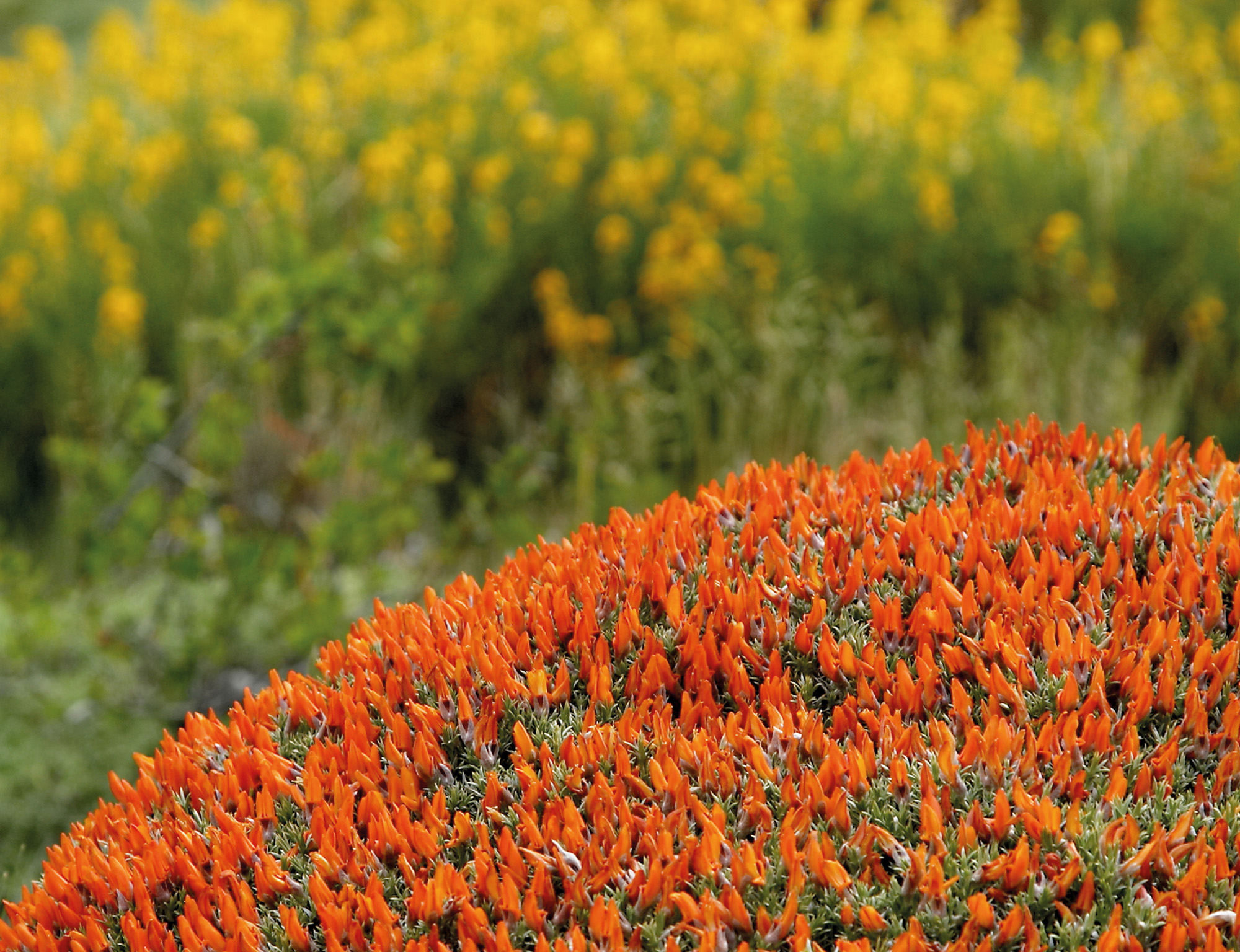
Neneo Macho: Cushions of Vegetation Coloring the Spring Landscape
As you walk through Torres del Paine National Park you may see miniature hills that accompany you along the trail that may look like a kind of dense green cushion, and stand about half a meter high. If you’ve seen this type of plant, then you’ve encountered a male neneo.
These shrubs have prickly leaves and bloom in early spring, and are one of the first species in the park to do so. If you are lucky enough to see them bloom, they are covered with reddish and orange flowers, simulating the color of fire. A photo of the neneo in bloom belongs in every photographer’s gallery.

Zapatito de la Virgen, or ‘Virgin’s Slipper’: Little Golden Angels of Patagonia
These small Patagonian shrubs stand out for their unusual two-lipped yellow bell, which looks like a small shoe with its base towards the ground ending in a rounded tip.
One peculiarity of the virgin's slipper is that it has a gland that secretes an oil much needed by the bees, since they use it to feed their larvae and also to seal the honeycomb. While the bees extract the oil they also pollinate the flower, which is necessary for this species to continue its cycle.
Being an annual plant, it grows quite fast. Within a few months of germination it can reach up to 90 cm in height.
Chaura, or Murta: Another of the Great Flavors of Torres del Paine
If on your way through Torres del Paine National Park you happen to see a bush with small dark green leaves and fruits similar to blueberries, then you are standing in front of a chaura, also known as murta-- Chilean guava berry in English.
Chaura berries are prized for their flavor and nutritional properties, as they are rich in antioxidants, vitamin C, and fiber.
Inside the park, the chaura has become an important part of the ecosystem as it provides food for various mammal and bird species. Some people are also attracted to the chaura for its ornamental beauty, especially when it is in flower and full of ripe fruit.
The park will always have something new to show you.

